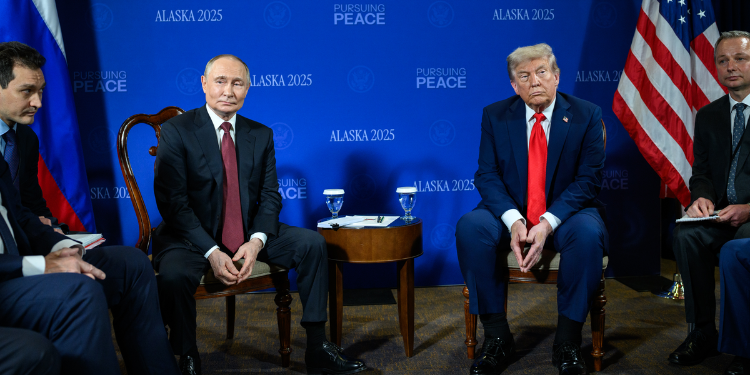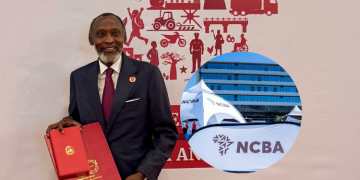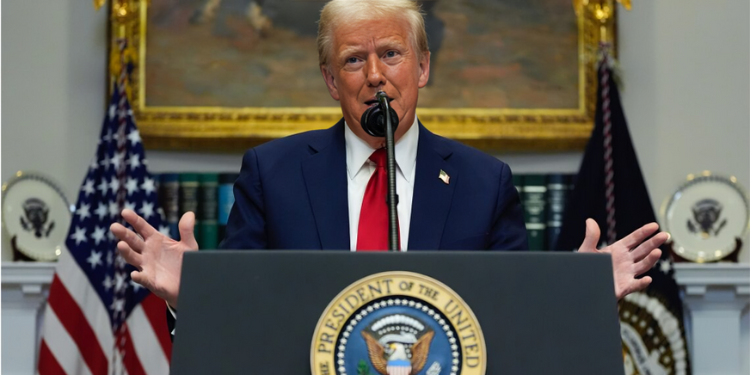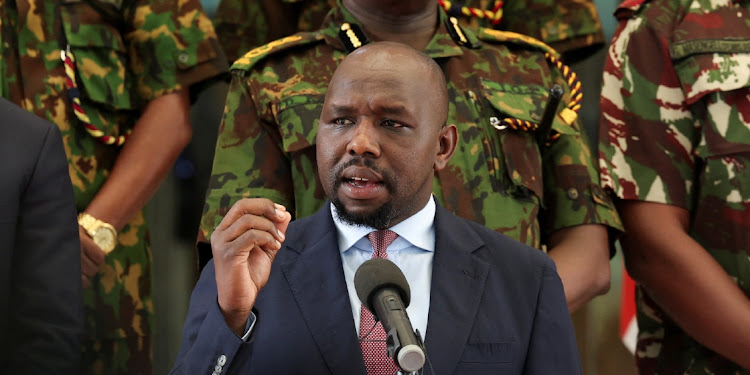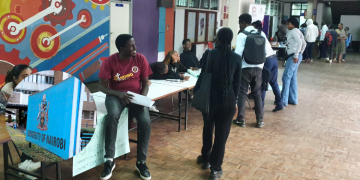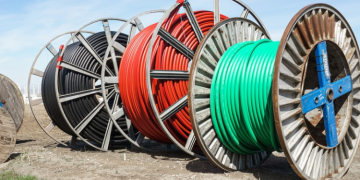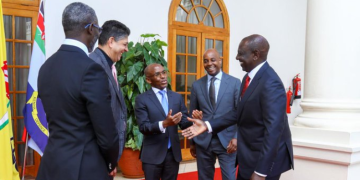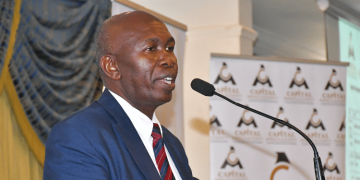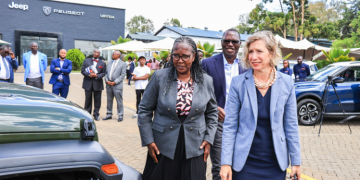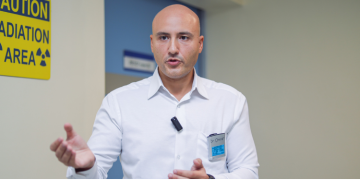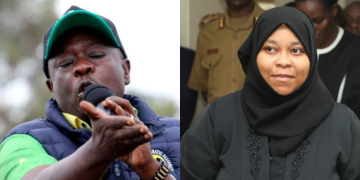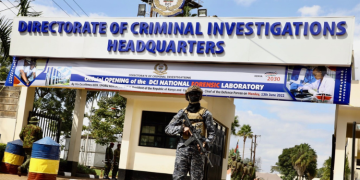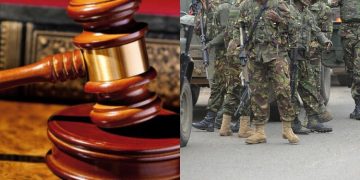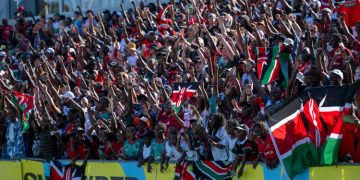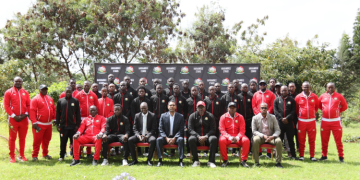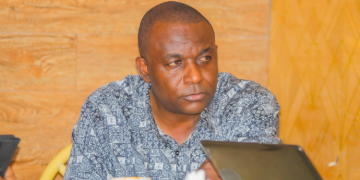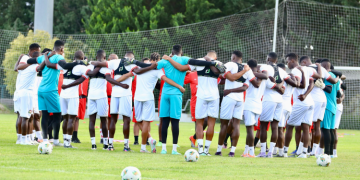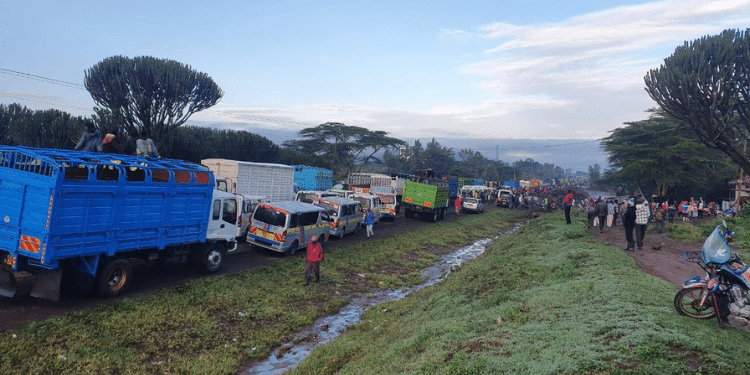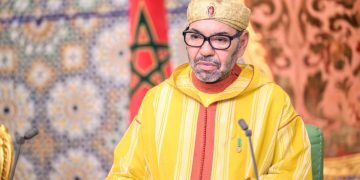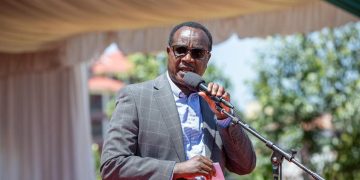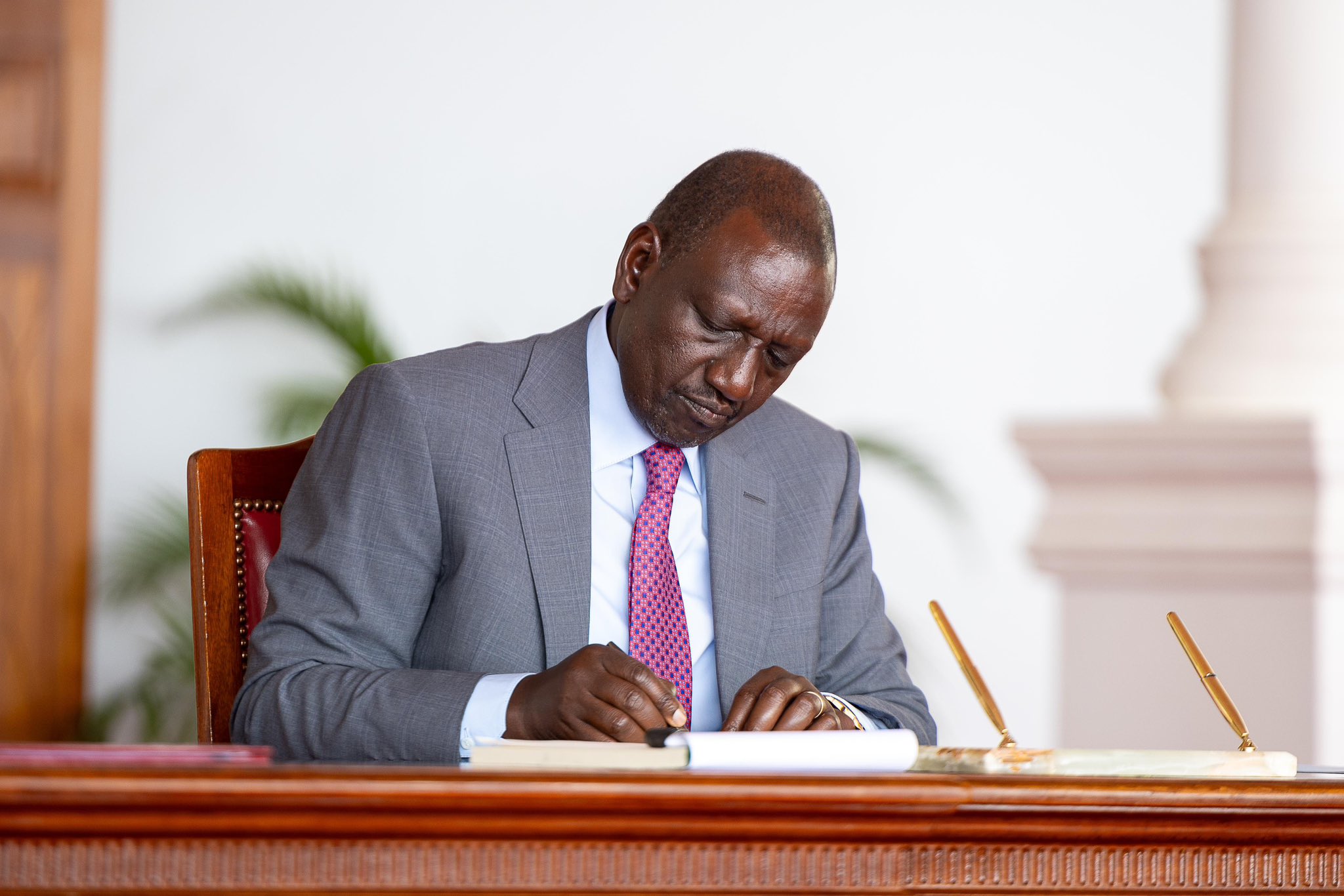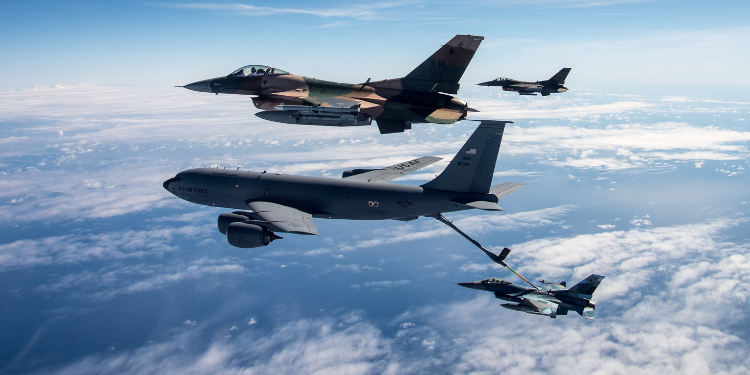U.S. fighter jets were scrambled yet again on Sunday, rushing north to shadow a Russian reconnaissance plane that drifted close to Alaska’s buffer zone. It was the third intercept in less than a week, another reminder of the uneasy dance between Washington and Moscow. The North American Aerospace Defense Command (NORAD) said the aircraft, an Il-20, was tracked inside the Alaskan Air Defense Identification Zone.
Two F-16s went up to meet it, supported by an E-3 Sentry command plane and a pair of KC-135 refuelling tankers. The Russians never crossed into American or Canadian airspace.
“This Russian activity in the Alaskan ADIZ occurs regularly and is not seen as a threat,” the command explained in a statement. Still, three encounters in a week stood out.
The ADIZ is not U.S. territory. It begins just beyond it, a line in the sky where foreign aircraft are expected to identify themselves. For decades, it has been the place where Russian crews push, and American pilots push back.
Pattern Becomes Clear
This was the third intercept in as many days of Russian flights last week. On August 20 and again on the 21st, NORAD fighters were scrambled for the same reason. “NORAD employs a layered defense network of satellites, ground-based and airborne radars, and fighter aircraft,” the command said, underscoring that the system is built to detect anything unusual and act quickly.
Trump and Putin Meet in Alaska
The routine military moves came as President Donald Trump tried his hand at diplomacy in the very same state. Earlier in August, he welcomed Russian President Vladimir Putin to Anchorage, staging talks at Joint Base Elmendorf-Richardson. The setting was not lost on observers: in Alaska, NORAD confronts Russia every week.
Also Read: Putin’s U.S. Visit: Tight Security and Diplomatic Protocols Awaiting Russian Leader
Trump called the meeting “extremely productive” and claimed “great progress” had been made. In reality, nothing was agreed. There was no ceasefire, no roadmap, no breakthrough. As The Guardian put it, the brief encounter “ended without answers”.
Zelensky Brought to Washington
Days later, Ukrainian President Volodymyr Zelensky arrived in Washington. Trump, eager to cast himself as the broker who could end the war, announced he was arranging a face-to-face between Zelensky and Putin. “I called President Putin, and began the arrangements for a meeting, at a location to be determined, between President Putin and President Zelensky,” Trump said.
Moscow shot it down almost instantly. Foreign Minister Sergey Lavrov said Russia was “not ready at all” for such a summit. In Europe, officials grumbled that Trump’s approach risked forcing Kyiv into concessions. One week later, Trump was already talking about tightening sanctions on Russia to regain leverage, another sign of how quickly the supposed breakthrough had stalled.
Also Read: Vance Reveals Russia and Ukraine’s Demands for Peace Agreement
Why It Matters Beyond Washington
For readers in Kenya and across Africa, this story is not remote. The war in Ukraine has disrupted grain exports and rattled energy markets, with direct consequences across Africa. Every failed round of diplomacy carries a price — in the form of higher food costs, fuel shortages, and stretched economies.
While NORAD pilots keep intercepting Russian planes above the Bering Sea, and Trump keeps pitching himself as the man who can end the war, the world waits. For now, the skies stay tense, and the negotiating tables stay cold.
Follow our WhatsApp Channel and X Account for real-time news updates.
